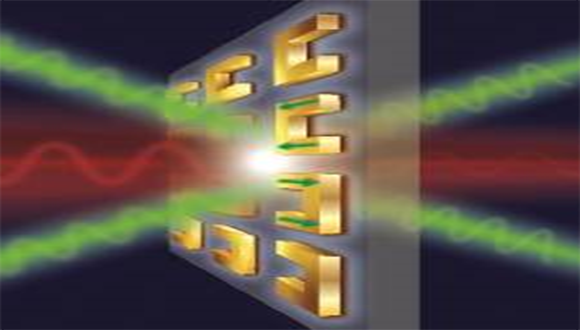New Optical Materials Break Digital Connectivity Barriers
From computers, tablets, and smartphones to cars, homes, and public transportation, our world is more digitally connected every day. The technology required to support the exchange of massive quantities of data is critical. That's why scientists and engineers are intent on developing faster computing units capable of supporting much larger amounts of data transfer and data processing.
A new study published in Nature Photonics by Tel Aviv University researchers finds that new optical materials could serve as the nuts and bolts of future ultra-high-speed optical computing units. According to the research, led by Dr. Tal Ellenbogen and conducted by group members Nadav Segal, Shay Keren-Zur, and Netta Hendler, all of the Department of Physical Electronics at TAU'sSchool of Electrical Engineering and TAU's Center for Nanoscience and Nanotechnology, these "nonlinear metamaterials," which possess physical capabilities not found in nature, may be the building blocks that allow major companies like IBM and Intel to move from electronic to optical computing.
At his TAU lab, Dr. Ellenbogen studies the interaction between light and matter at the nanoscale level in order to explore underlying physical mechanisms, which can be used to develop novel optical and electro-optical components.
Read more:
(1) From American Friends of Tel-Aviv University: https://www.aftau.org/news-page-computers--technology?=&storyid4702=2176&ncs4702=3
(2) N. Segal, S. Keren-Zur, N. Hendler, and T. Ellenbogen, "Controlling light with metamaterial-based nonlinear photonic crystals," Nat. Photonics 9, 180–184 (2015).



